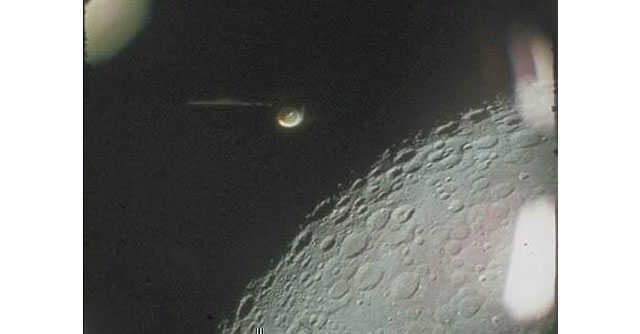
NASA begins nine-month independent study of unexplained aerial activities


The National Aeronautics and Space Administration (NASA), USA's central space agency, on Monday began a nine-month study of unexplained aerial phenomena (UAP), selecting 16 individuals to commit the independent study. The study will not delve into any classified UAP documents held by the US government, but stick only to publicly available data on UAP — as well as information that has been declassified by the US government. At the end of the study period, NASA said that the findings will be released in public — setting a tentative deadline of mid-2023 for publishing its findings.
The study is being coordinated at NASA by Daniel Evans, assistant deputy associate director at NASA, and chaired by David Spergel, president of New York-based advanced sciences research institute, Simons Foundation.
In a statement announcing the initiation of the study and appointment of the 16-member research committee, Evans said that each member of the research committee has been assigned charges in the fields of scientific research, data analytics, and the use of artificial intelligence to understand specifics of unexplained incidents in the sky.

To be sure, UAP is defined as any aerial activity that has so far remained unexplained as having occurred due to any logged public or private aircraft, or as a result of any natural phenomena.
These are the occurrences that the NASA study will seek to investigate. Thomas Zurbuchen, associate administrator of NASA's Science Mission Directorate, said that getting an understanding of the data that is publicly available on UAPs will be "critical to helping us draw scientific conclusions about what is happening in our skies."
The study is among the latest initiatives that seek to use artificial intelligence (AI) in the domain of AI and space explorations. The use of data analytics and AI is the mainstay to transcoding the information that is transferred from both space and ground telescopes. For instance, the James Webb Space Telescope has so far produced multiple pathbreaking images, which are the pictorial representations of data on the early years of the universe — something that was not available to scientists so far.

While the JWST uses its infrared spectrograph to record these events, the use of AI engines and algorithms built by firms such as Nvidia and Thoughtworks have helped break down the data to be viewed by both researchers and the public.
